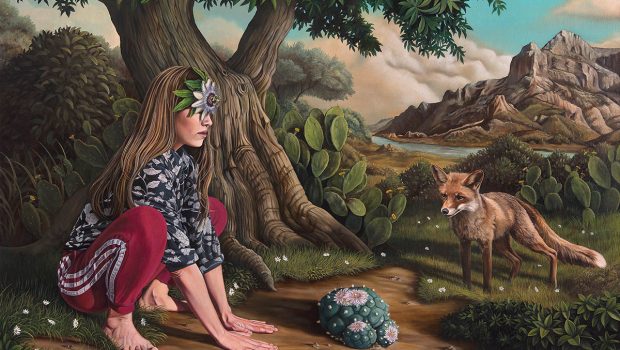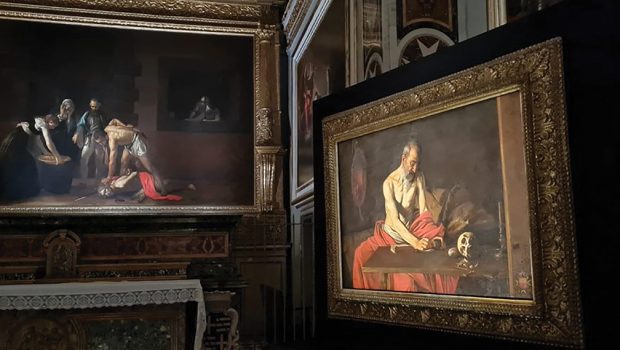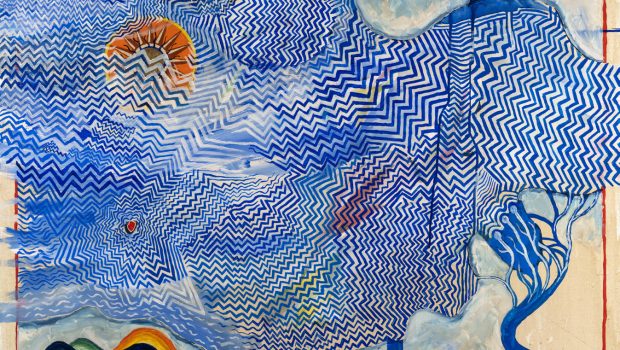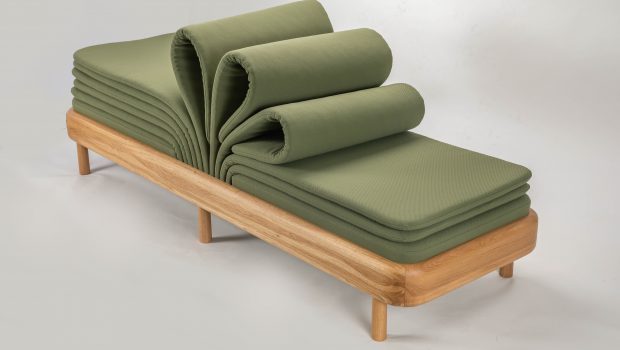Home-grown Stars?
The education of the Maltese artist
It is widely accepted that a successful fine artist needs, among other things, the following attributes: outstanding artistic skills across a range of media, a critical understanding of the creative process and knowledge of formal visual elements.

For the last 500 years and more, institutions have been trying their best to somehow knock the above into the heads of their students, with hugely varying degrees of success – but can true art really be taught? And can an institute or faculty of fine arts produce good – and proud – alumni, especially in its infancy?
I am immensely proud of our home-grown stars and I couldn’t help but try to figure out how they all developed as artists. After all, we have had some fine and notable examples of locally grown art-world shakers throughout the ages.
In 1658, at the age of 22, the young Maltese Melchior Cafa – hailed as one of the Baroque era’s most talented sculptors – moved to Rome. According to Wikipedia, Cafa was already an accomplished sculptor when he arrived in Rome, and it is unclear whether or not he had had any formal education at all. In Rome, he entered the workshop of Ercole Ferrata who, it is believed, became more of a colleague who helped him refine his technique.
Giuseppe Cali was born in Valletta in 1846 and was educated at the Accademia delle Belle Arti in Naples. He painted prolifically for almost every church in Malta and his name evokes serious pride whenever it is mentioned.
In the early 20th century – during his lifetime – the Malta School of Art opened its doors and for a while provided the formal visual artistic education of some of Malta’s most prominent and successful artists, including Antoine Camilleri, Victor Diacono, Willie Apap and Esprit Barthet. The Malta School of Art is currently undergoing a transformation of sorts under its new director, Robert Zahra, and it will be exciting to see what happens.
The University of Malta as we know it had already opened its doors in 1769 – although a Jesuit institution and a medical school had been set up way before that – but unfortunately it is only very recently that it has established a formal course leading to a degree in fine arts.
MCAST
I well remember the excitement when The Malta College for Arts, Science and Technology announced that it would begin offering a Higher National Diploma (HND) in Fine Arts in 2008. Up until then, it had been considered obvious that a student adamant about pursuing a formal education in fine arts had no option but to go abroad as an undergraduate. In 2010, a Bachelor of Arts (BA) degree in Fine Arts was on offer and although much has been said about the overall value of an institute in its infancy claiming to be capable of producing artists who then have to face the real world, and hold their own next to graduates from schools with centuries’ worth of tradition, I believe some of the products of this degree coursed are not only promising but verging on phenomenal.
To date, seven groups of students – approximately 70 – have graduated and there have been changes to the structure and content of the course during this time. This year will be the first when a group of graduates will emerge from the ‘home-grown’ degree course – designed by MCAST. Up until now, the course followed BTEC (for the Level 5 HND) and Fraunhofer Gesellschaft University in Germany (for the Level 6 degree).
Also, currently, the first year of the degree course is paired with Visual Game Design – students can choose after their first year whether to follow a BA in Fine Arts or a BA in Visual Game Design (also being offered at the ICA – Institute for the Creative Arts).
The current structure of the course is as follows:
The first year focuses on introducing students to a range of Fine Art disciplines, with a strong focus on drawing, as well as painting, sculpture, digital art and photography. They also receive a grounding in art history and contextual studies and have opportunities to work on live projects in the community.
The second year continues the students’ exploration of Fine Art media, and a more experimental, self-directed approach is encouraged, as the students begin to develop their own visual language and discover their personal areas of interest. The students are given opportunities to try out a range of media, ranging from the traditional techniques of portrait and figure painting to print-making, multi-media and site-specific installations. This year also prepares them for their final year, with subjects such as Research Methods and Critical Thinking.
The third and final year places as much emphasis on theory as it does on practice. The students are challenged to engage with the broader context in which their artistic practice exists, with units such as Developing an Artistic Identity and Art and Politics. They are expected to develop projects independently, in particular their dissertation – a major project that includes both academic and practical components. There is also a strong focus on professional skills at this point, preparing students to launch themselves into the industry – with subjects such as Entrepreneurship, Personal Style and Self-promotion, and even Law and Ethics.
The idea is that the students will eventually graduate with a broad skill-set, both in terms of specific vocational skills and essential transferable skills, preparing them for further study or to take up a variety of roles in the industry. A good number of previous students have gone on to study for a Master’s degree, mainly here (an MFA in Digital Arts being the most popular) but a few overseas (mainly in the UK).
Others have taken up varying careers in teaching, art therapy, tattooing, make-up (stage and film), restoration, curation, gallery work or graphic design – to name a few. Some have begun to really establish themselves on the Maltese art scene, and even internationally.
A few have moved overseas. However – and unfortunately – many have gone off the radar and, sadly, although every year a clear majority of the graduates are girls – which is, in fact, the case with other fields of study – it is a lot of the girls who tend to disappear from the spotlight, which is something worth investigating.
Let’s look at some of the alumni of the Fine Arts BA degree course at MCAST and see what they have to say about their time there, and afterwards.
The Class of 2011
Ryan Falzon: “My MCAST experience changed overnight as soon as I joined the new Fine Arts course – thanks to tutors such as Mr Gilbert Calleja and Mrs Sinead Rice. The three-year course turned out to be a very positive and fruitful experience that led to a high standard of education. My degree year at MCAST was also positive, thanks to a then collaboration between MCAST and Franhuafer Gesellschaft University. Each assignment in the degree course was led by visiting lecturers from major German universities such as Dusseldorf, Berlin and Mannheim.”

The Class of 2012
Sarah-Maria Scicluna: “I really value my experience as a student at MCAST, as it gave me the tools to pursue further skills and education in art. This led to an MA in Digital Fine Arts from UAL, Camberwell, UK, as well as various art residencies and exhibitions. I graduated from MCAST seven years ago, and since then many things – including the courses – have changed. Now, however, I am experiencing this college as a lecturer.
I have spent the past year setting up a studio – mostly for silk screen printing – which I finally finished a few weeks ago. During the setting up of the studio, I was working on many designs which, hopefully, I will be printing in the coming months. At the moment, I am working on a couple of series of silk screen prints for exhibitions in the coming years, and am playing around with silk screen printing techniques and surfaces to print on.”
The Class of 2013
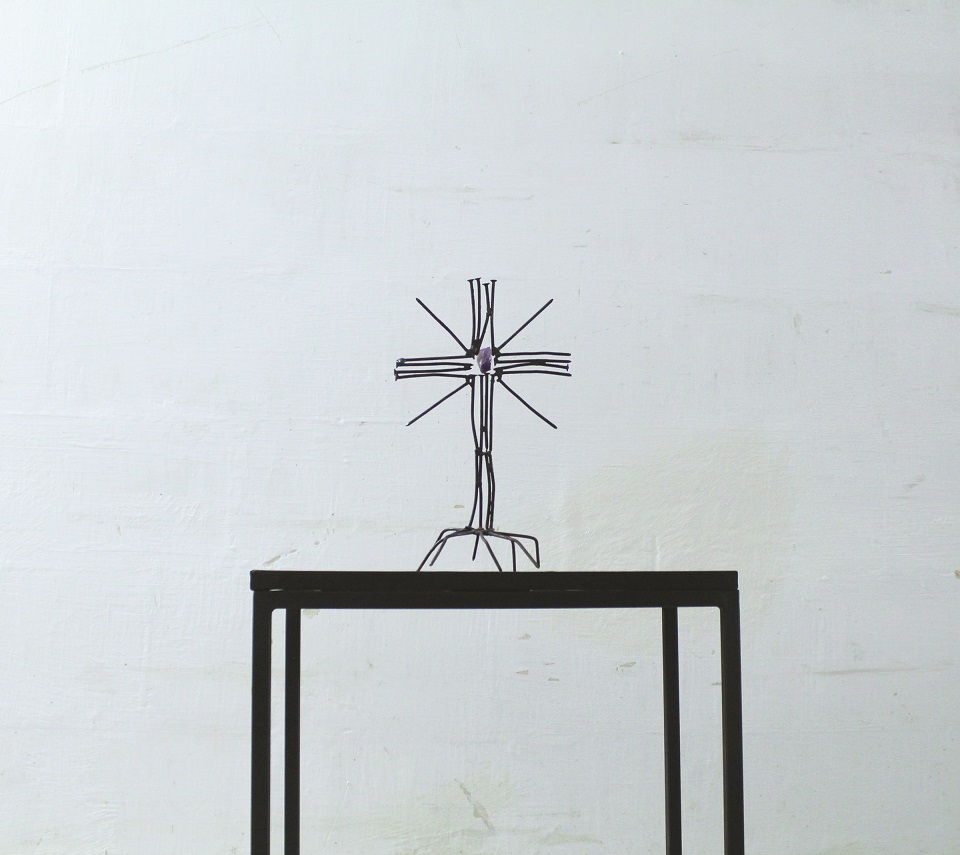
Matyou Galea: “My time at the UOM has been a great experience. I joined the MFA programme in Digital Arts in 2013 and – perhaps like every other Bachelor’s graduate – thought I knew everything. I was wrong. Luckily, I was mentored by Professor Briffa, who has helped me develop as both a practitioner and a researcher and I continued to read for a PhD in Digital Arts that I am currently finalising. The great thing about the UOM is that there is the constant potential to meet a lot of different individuals, from myriad fields, and collaborate on new and exciting projects. At the Department of Digital Arts I was encouraged to explore media from unconventional and unorthodox angles which I believe is heavily reflected in my practice across media… I am currently working on a couple of new projects that are still at very initial stages. My next engagements this year is at the DRHA 18 Conference at Spazju Kreattiv in September.”
Isaac Azzopardi: “I studied at MCAST from 2008 when I was 16 for about five years. I interned at the Peggy Guggenheim Museum in Venice in 213, when I was 21, and went back to MCAST to finish my HND in Fine Art and did my A levels that same year. In 2014, I enrolled in the BA in Humanities course at UoM and was one of the first three or four students to graduate in this course in 2017. Both courses were beneficial, although I didn’t enjoy my MCAST experience as such, from an educational point of view – I didn’t feel there was a lot of focus on challenging concepts and critical thinking. In a way, I enrolled at UoM to sort of make up for this, to learn new things around art and broaden my horizons intellectually. The B.Hums course is similar to Liberal Arts, a DIY course that allows you to learn disparate yet connected knowledge, enabling you to select classes from all the Faculty of Arts, and a percentage from other faculties.”
The Class of 2014
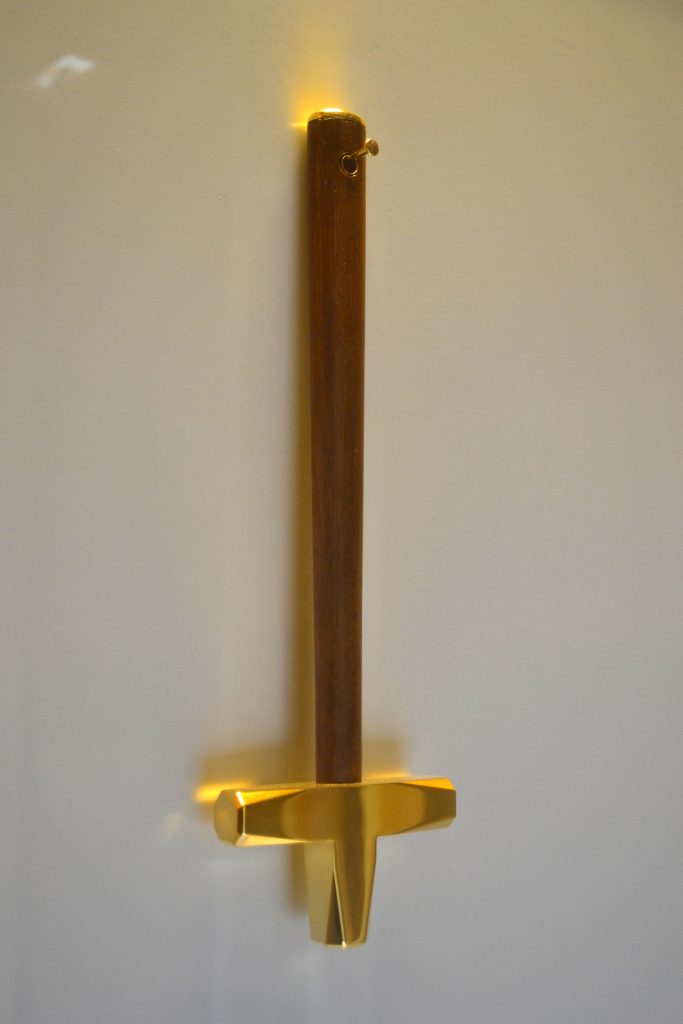
Aaron Bezzina: “My studies in art started at MCAST, where I completed a BA (Hons) degree in Fine Art in 2014, after which I immediately enrolled at the University of Malta to read for an MFA in Digital Arts. Both institutions have provided a basis for my work in varying degrees. Now that I have managed to continue my practice beyond the classroom, I can make some links with how things work outside it. For instance, just as an assignment presents itself with limitations of theme, space, budget and time-frame the projects that I now pursue still share some of these factors, if not all. And just as an assignment, I can decide whether or not to do it. I was fortunate enough to have a few tutors, both at MCAST and at University, who shared their knowledge on how the contemporary art scene ‘operates’ – both locally and on an international level.
That being said, the most effective means of learning how an artist continues with his/her practice was to do it myself during and beyond my official academic training. I am currently producing a body of work for projects/exhibitions that will take place in October and November this year in Malta, Belgium and Italy.”
Class of 2015

J.P. Migneco: “I feel that my work has reached a higher standard as a result of what I learned after completing a Bachelor of Arts (Honours) in Fine Arts degree at MCAST, and a Master of Fine Arts (MFA) degree in Digital Arts at the UOM. During my time at MCAST I learned how to apply a conceptual process to my work, which incorporates subjects that I find interesting. The research and practical work that I developed for my final project at MCAST led me to continue my studies at the UOM. These academic experiences pushed me to develop innovative work, including concepts that are related to various subjects such as geometry, cartography, colour perception, abstraction and landscape painting.
After completing my degree in 2017, I continued my research and practice by producing a body of work that includes a series of 2D/3D images and video projections derived from the surfaces of 3D printed land terrain models. This body of work will be included in my first solo exhibition, which will be taking place at the INIALA5 gallery space in Valletta from 5 to 20 October.”
Chiara Cassar: “The fine art course at MCAST is very demanding, with many deadlines to meet, which requires you to learn how to manage your time very efficiently. MCAST really helped me academically and technically to prepare for my studies for an MA in fine art at Chelsea College of Art in London. There are great tutors at MCAST who are dedicated to helping students excel in their art practice. The only negative aspect of the course is that it lacks studio space, so there was never the experience of ‘studio-life’’ which, in my opinion, is a crucial aspect of the art-school experience.”
Class of 2016

Nico Conti: “My experience at MCAST Institute for the Creative Arts has greatly influenced the artist I am today: it has shaped the way I think and look at things. A common misconception is that in a Fine Art course one only learns how to draw, paint or sculpt and while these are vital – and are indeed covered – the most essential element of the programme is the discovery and build-up of an identity – an identity which, fortuitously, links current themes with societies and countries around the world, serving as a bridge between the two.
MCAST has taught me to better communicate my ideas through constant support of both technical skill and concepts. Being surrounded by like-minded individuals, whose style and ideas are so different, highlights the fluid nature of the course, catering to different approaches and helping artists realise their true potential to leave a mark or – more importantly – their mark, something that makes them wholly unique.
This preparation has set me up to apply for a Master’s course, giving me the confidence I need. After a gap year, I applied for the Ceramics and Glass programme at the Royal College of Art and was offered a position. Having just finished my first year, I was able to build on the solid foundation cemented from my Fine Art course and focus on strengthening my understanding of materials. With current and universally strong concepts that revolve around politics, gender, identity and time one often neglects the craft within the art. Therefore, by focusing on a programme that is fundamentally dedicated to understanding material, I am now able to meld both concept and technical ability to create work that is constructed to the high standards to which I aspire, while simultaneously serving as a visual vocabulary that addresses my ideas.”
Javier Formosa exhibits regularly in Malta and has a group show in Milan this autumn. He was on another continent at the time of writing this article, so he did not manage to send a comment but his powerful works are shown here.
Class of 2017
Joanna Portelli: The good thing about the fast-paced, demanding curriculum was that it forced many of us to take our studies seriously. On the flip-side, it limited the free development of ideas and extensive exploration of technique. Of course, each brief is accompanied by research and practical requirements which encourage students to support their practice with contemporary debates or acquired curiosities, but the very concept of placing rules and criteria on art students is always going to be problematic to an extent.
Each student’s practice must be tailored to the skill, habits and intentions of the developing artist, yet the criteria by which it is corrected remains invariable and therefore, can easily translate into a rigid expectation of course and practical work from different students. Luckily, there are some good teachers in the Fine Arts sector, who know how to guide students very well through this structure and I feel lucky to have matured under their guidance. Perhaps the most exciting afterthought about my experience is that I expected to surface as a certain kind of artist and yet have emerged as another.”
Joanna Portelli was recently selected to appear on Artivisti (a new programme to inspire and support the development of young artists) and works for Valletta Contemporary. She will be exhibiting this November with artist Keith Bonnici – details will be announced soon. www.joanna-portelli.com
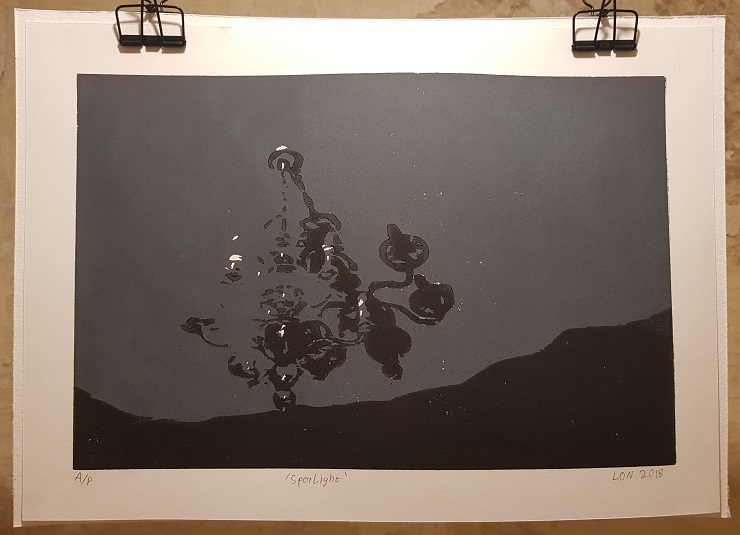
Lonkirkop, (Marlon Chircop) who – together with Hannah Galea and Sarah Stringer – forms an artist collective called The Peculiars, exhibiting regularly, mainly printing and sculpture.
“After passing my ‘O’ Levels when I was 17, I decided to find a job instead of continuing my studies. In the following two years I did very little art and at some point I decided not to continue. By the time I was 20, I was really starting to miss it, so I decided to pursue a career in art. Overall, my education at MCAST was an interesting journey during which I learned a lot but, most importantly, I began to believe in my work and in the idea that someday I could make it as an artist.
The moment that changed everything for me was when I was introduced to printmaking in my first year of my degree. I fell in love with it and I knew immediately that I wanted to become a printmaker. I love to experiment with different techniques, but I mostly work with woodcut. I cannot explain the love and passion I have for woodcut but it might be the fact that my father is a carpenter: it must be in our blood. Even though I love making prints, I work with different media and I really enjoy using materials that are not usually used for art.
During my time at MCAST I met Sarah Stringer and Hannah Galea and together we are ‘The Peculiars’. During the last year of our degree, we decided to join forces and exhibit our work together.
The Peculiars are working on their third exhibition together – which will be mounted in a few months, with the theme of Food, and are brainstorming on their fourth.
Class of 2018
Their end of year show opened in Valletta, at the local council and the Biblioteca on 30June and the ICA show theme this year was ROTOT (routes). The success of these fresh out of school artists remains to be seen, especially in view of the fact that the course underwriting has changed and that it seems that as the years go by the institute seems to be maturing year by year, but the hopes are high.
“Art becomes art when it is afforded the right of reception”, said Dr Mark Gisbourne, talking at the opening of Eberhard Bosslet’s show Import/Export at Valletta Contemporary this July. Art is self-revealing; it must be revealed – it must have an audience. If the community in which it is produced is not interested in viewing it, they are not allowing it to become the art which it is destined to be. Art can only exist if the world allows it to exist. Perhaps the inhabitants of this island need to be exposed to some more home-grown contemporary art. Perhaps once they feel they can better relate to it on a basic level, they will appreciate and desire it more.
It is common for an artist to be received better outside his birthplace, but I believe these exceptional emerging artists and their work deserve to be afforded a right of review here – for their work to be viewed and their careers supported.

